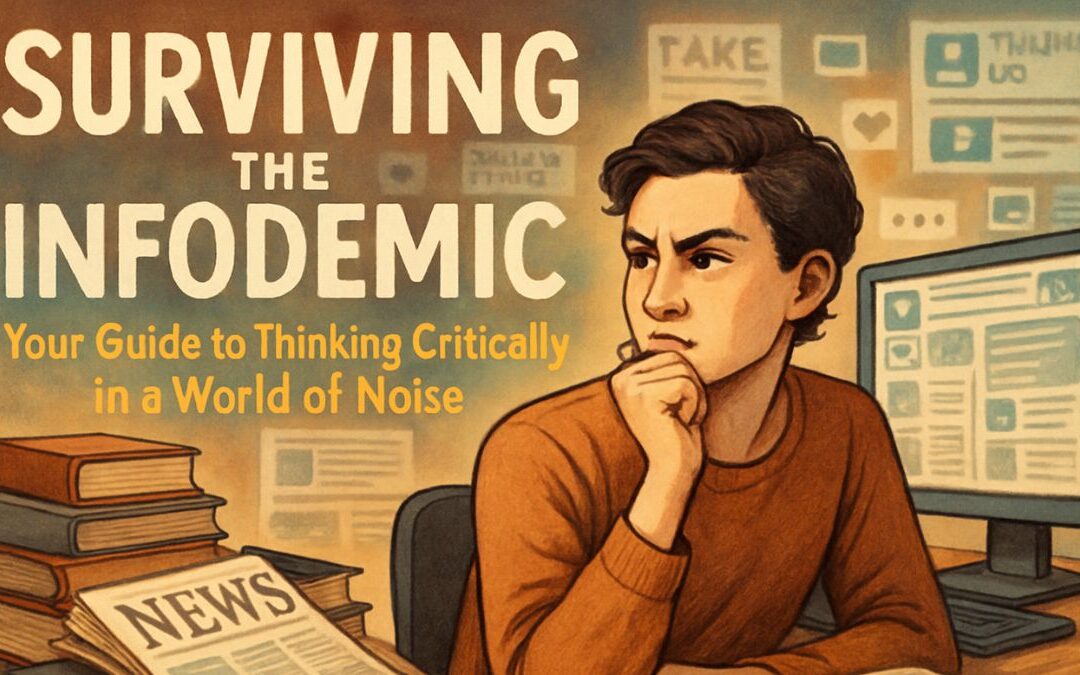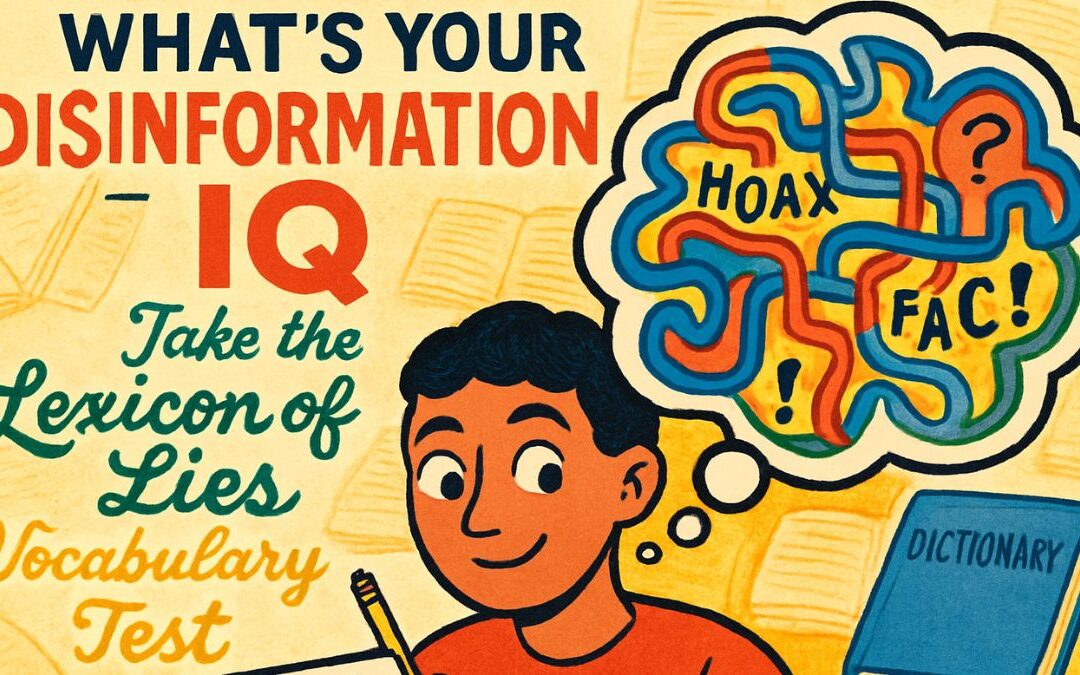Introduction
Learn about marketing, the four Ps, and the market orientation.
Audio Episode
Practice Booklet (For the Entire Mini-Series)
Business English Marketing … by English Plus Podcast
Episode Transcript
Welcome to the third episode of our business English marketing mini series. In this episode, we will focus on marketing and market orientation. So we will start with the meaty stuff. We will start with the real stuff that has to do with marketing. We will talk about marketing as a process from planning, designing, pricing, promotion, and distributing, and we will talk about the four PS.
[00:00:29] So without further ado, Let’s start right away talking about the marketing process. Now some people mistake marketing for just advertising and they kind of think they’re the same, but they’re obviously not. Advertising is just one small part of marketing. Marketing is the process of planning. And that is identifying the future needs for a good services in order to satisfy customer needs profitably.
[00:00:54] I remember we’re talking about the future of services or goods, of course, in order to satisfy the customer needs. That’s one part, but profitably, because of course you’re working for a company you’re working for a business and the main focus of any business is to make money. Of course, you will have to find good ways to satisfy customer needs, but at the same time, you need to make a profit.
[00:01:16] So again, marketing is the process of planning, identifying the future needs for goods and services in order to satisfy customer needs profitably, and then comes the part of designing, developing, and making those goods and services. Then we have pricing, deciding the price for these goods and services.
[00:01:37] Then we have promoting, and that is informing customers about the goods services in order to satisfy the customer needs profitably. And finally, we have distributing, which is making those goods and services available. So maybe. You would say that this is the job of the marketing department and I am not in marketing.
[00:01:55] So why should I bother? Well, you should, because the marketing concept should be shared by everyone, in an organization, all managers and employees, not just those in the marketing department. All people in the company, no matter what you do, you have to know, maybe not in great detail, but you have to know the marketing plan, the marketing strategy, the planning, the designing, the pricing, the promoting, the distributing, because everything you do is finally going out to the market, to those people, these goods and services, you’re working on, have to go to the market and you have to know about how these things are going to be marketed.
[00:02:30] And everybody should know about these important things. The profitability through satisfying customer needs. Yes, you have to satisfy customer needs, but you have to make those services and goods profitable. Now companies point out how the special features and these are the important characteristics and qualities of their products and services possess particular benefits.
[00:02:54] And these are the advantages, of course, in relation to the needs of the people who buy them. So here we have special features of those products and the benefits of the products. These are very important and here, because we’re talking about marketing, of course, we’re talking about profitability and I focused a lot on profitability while satisfying customer needs.
[00:03:13] Well, that doesn’t apply to everybody or all kinds of organizations we’re talking about for-profit organizations, but what about nonprofit organizations? Don’t they have marketing. Of course they do. Nonprofit organizations have other goals, such as persuading people to give money, to help people in poor countries.
[00:03:32] But these organizations also use the techniques of marketing. Well, in this case, we call it social marketing. Well, maybe pricing doesn’t play a big role. And maybe it does because even those companies, sometimes they sell services or goods to help the cause. So it might be a part, but they still have to plan.
[00:03:50] They still have to design. They still have to promote sometimes maybe not goods and services, but ideas. And even those ideas distributing, you might say, how can I distribute ideas? Of course you can have webinars, you can have conferences, you can have a lot of things. So don’t think about marketing just as selling a product to somebody.
[00:04:11] And that’s it. No, it’s a lot bigger than that. And it doesn’t stop there in some places, even totally different organizations, such as government departments think about their activities. In term of the marketing concept, even government, you might say government departments, why would they do that? Because you have to convince people of some policies of some new things, some new decisions, the government, or this department is going to make your people is your market.
[00:04:37] Your ideas is the product or service. And so we have to understand that marketing is all around us. It doesn’t always have to be profitable in the sense of making a profit, but in order to get those ideas, those good services to people, you need to have a good marketing plan and you need to work your way through the marketing process.
[00:05:01] Remember it is planning, designing, pricing, promoting, and distributing. Yeah, let’s talk about the four PS. Now we will talk about the four-piece. We will talk about them in greater detail in the episodes to come in the remaining of this mini series about business English, marketing. But let’s talk about the four-piece.
[00:05:18] Now everybody down before a piece, these are some fancy stuff, you know, people in marketing use when they start using those abbreviations and acronyms that nobody understands about the four P’s, the four CS, the four A’s, et cetera. I don’t want you to think about it as just a fancy way of. Presenting ideas to people.
[00:05:36] It is just an easy way to remember, because when you say the four P’s and you know that you have four things that start with the letter P it’s easier to understand that. Just saying, yeah, in marketing, we have product price, place, promotion. It might be easier to understand either way, but when you say the four PS, you’re talking about an easy way to understand the four pillars of marketing.
[00:05:56] The first one is product. Deciding what to sell. If you don’t know, what are you going to sell? Your product can be a physical product or a service. Of course, it doesn’t have to be a physical product all the time, but you need to know what you’re selling. You need to decide on what to sell, say that you want to start a new company.
[00:06:13] What is your product? The first question that I’m going to ask you, let’s say I am an investor and I want to give you money to start your company. Or if I’m a bank, let’s say the bank is going to ask you the very first question. What is your product? So that is the first be the most important P maybe. So with the first beat, you need to decide what you’re going to sell.
[00:06:33] Then of course, the second P that is the price. Do you need to decide on the prices? What prices are you going to charge for this product that you’re selling? The third beat is the place you need to decide how the product will be distributed and where people will buy it. Is it going to be an online only?
[00:06:53] Is it going to be in some brick and mortar shops? How is it going to reach people? How will this product be distributed to people? And. The fourth P is promotion. You need to decide how the product will be supported with advertising special activities, et cetera. So you see advertising is just a small part that has to do with marketing.
[00:07:14] It is an essential part. It is a very important part. I will have to say, but it is not marketing. Marketing is a lot bigger than that. So again, the four PS, the product, deciding what to sell the price, deciding what prices to charge the place, deciding how the product will be distributed and where people will buy it and promotion deciding how the product will be supported with advertising special activities, et cetera.
[00:07:40] Now, a fifth B, which is sometimes added is packaging. And when we talk about packaging, we’re talking about the materials used to protect and present a product before it is sold. Maybe it is important based on what your product is. Maybe it’s not, if it is an important part of your product, well, you can add a fifth SPE to your four piece.
[00:08:00] If it is not, if it is not that important and you don’t even need it, maybe don’t even mention it. But whatever your product may be, you will need the four PS. The four PS are the four pillars of marketing product price. Place and promotion. Now the four PS are a useful summary of the marketing mix. This is also another term we use.
[00:08:20] We talk about the marketing mix. What is the marketing mix? The marketing mix is the activities that you have to combine successfully in order to sell. Now, we will talk more about the marketing mix in the coming episodes. But to finish this episode, let me tell you about a couple of more useful word you can use when it comes to marketing.
[00:08:39] And the four piece how to market a product is to make a plan based on a particular marketing mix and put it into action. So here you can see that we use the market, the word market as a verb to market a product is to make a plan. The marketing plan for a new product or service shows how this can be realized.
[00:09:00] So also we have the marketing plan. What do we call the people in marketing? What do we call people who work in this area? We call these people a marketer or a marketeer. Both are fine. A marketer or a marketeer is someone who works in marketing. A marketer can also be used to describe an organization that sells particular goods or services.
[00:09:22] Now, by the way, talking about this specialty marketeer marketeer is also used in expressions, such as free marketeer. And that is someone who believes in the benefits of the market economy and black marketeer. And that is someone who makes money by selling goods illegally in a place where they are not normally available.
[00:09:40] So market here, we can have free market here or black market here. Now one final thing. Let me tell you about market orientation. Now marketers often talk about market orientation. What does that mean? That is the fact that everything they do is designed to meet the needs of the market that’s market orientation.
[00:09:58] They, their organizations and the products they sell may be described as market driven market led or market oriented. So that will be everything for this episode about marketing and market orientation. Remember, if you want to practice what we are talking about here, if you want to practice what you’re learning, you can use it. [00:10:17] The booklet, the practice booklet that I have provided with the mini series, you can find them both on our website, English plus podcast.com and on our Patrion page. Now, with that being said, that’ll be all for this episode. This is your host, Danny. Thank you very much for listening. I will see you in the next episode.











0 Comments